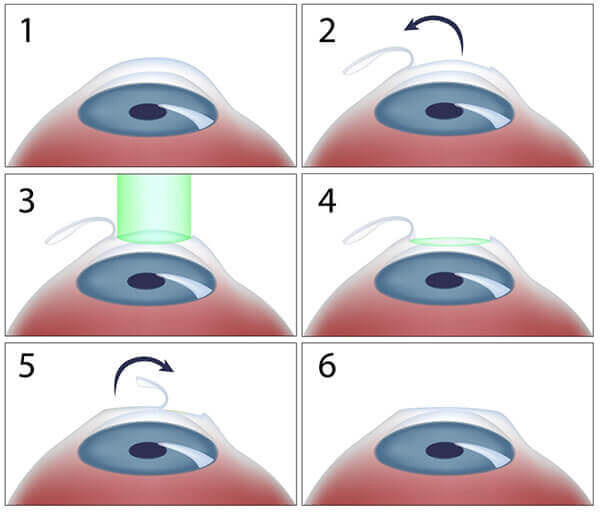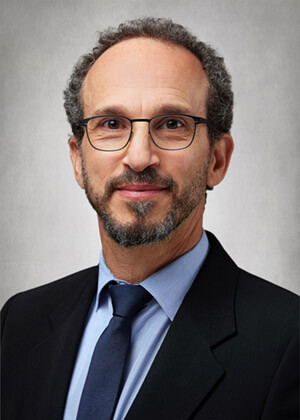LASIK
LASIK EYE Surgery in Boston
LASIK (Laser Assisted In-Situ Keratomileusis) is a vision correction procedure designed to treat nearsightedness, farsightedness and/or astigmatism. It offers many people the opportunity to greatly reduce or possibly eliminate the need for eyeglasses or contact lenses.
OCB is proud to be the first practice in Massachusetts to offer the next generation in Lasik technology. With the new iDesign Advanced Wavescan Studio System, which became available in 2018, our patients are getting better results than ever before.
Due to the increased precision in scanning and mapping the eye’s cornea and the higher resolution of the new imaging technology, patients stand a greater chance of not having to wear glasses, and even of seeing better than they could ever see with glasses.
In addition, this new advanced technology is FDA approved for a wider range of optical correction. So if you were not a candidate for LASIK in the past due to severe nearsightedness or astigmatism, you may now qualify for LASIK, thanks to the advanced iDesign technology. Schedule your consultation today!

What is iLASIK?
iLASIK is an advanced laser vision correction procedure that offers exceptional results with one of the safest laser vision correction technologies available today.
iLASIK offers blade-free, fully customized laser vision correction, custom tailored for each patient’s unique visual profile.
This technology combination delivers truly customized vision correction based on the unique refractive signature of your eye.

LASIK Process
How Does LASIK Work?
Laser light is capable of performing surgical procedures too delicate for the finest scalpel. This makes laser light the ideal tool to use on the eye. The term “laser” is an acronym for “Light Amplification by Stimulated Emission of Radiation,” which is the scientific description of the method for creating this intense beam of light.
The excimer laser uses a mixture of argon and fluorine gases to produce a slender beam of invisible ultraviolet light energy. This ultraviolet light has a much shorter wavelength than the ultraviolet light in sunlight that causes sunburn.
The excimer laser does not burn the eye. It removes only 1/4 of a micron (an amount invisible even with a normal examining microscope, representing about one ten-millionth of an inch) of cornea with each pulse. The excimer laser energy first breaks up the molecular bonds in the cornea’s collagen connective tissue, and then scatters the small molecules into the air. This process is call photo-ablation.
In laser vision correction, the excimer laser is used to reshape the curvature of the eye so that light becomes focused crisply on the retina. This can reduce your dependency on glasses or contact lenses. The reshaping may be carried out in one of two ways: on the surface of the cornea, with photorefractive keratectomy (PRK), or under the surface of the cornea, with laser in-situ keratomileusis (LASIK).
Your LASIK Consultation
Preparing for LASIK
Beginning three days before your laser surgery, use all eye drop prescribed by your physician in the eye that is being corrected.
Read your Consent Forms and bring them with you on the day of your surgery. If you have any questions regarding your surgery please call your Surgical Specialist Team who will be happy to help. After your surgery you should expect to go home and rest quietly for the remainder of the day.
Our LASIK Team
The physicians at Ophthalmic Consultants of Boston have been at the forefront of pioneering research and development of LASIK technologies. Since OCB’s inception, our physicians have been successfully helping patients achieve better vision through LASIK. Today, LASIK is one of the most popular elective treatment options offered at OCB.
We invite you to learn more about our OCB specialists, LASIK or other available vision correction services.
The surgeons at Ophthalmic Consultants of Boston (OCB) are comprised of leading ophthalmic specialists in the field of LASIK and refractive surgery.
Dedicated to providing you with the most advanced techniques and the highest level of patient care, our physicians, along with their skilled health care teams, are there to guide you in determining if you’re an ideal candidate for vision correction services, offered at our Waltham location.

